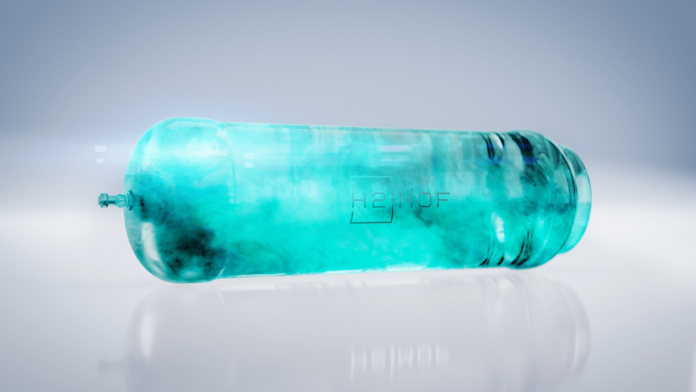Can Hydrogen Solve Drone Battery Problems?
Imagine a drone flying over a huge area, gathering important data. Suddenly, it must return because its battery is running low. This happens often since drones today mostly use lithium batteries that don’t last long.
The growth of the drone industry faces a big hurdle: current energy storage options limit flight time and payload capacity. Most drones can’t fly for more than an hour, especially when carrying heavy loads. While some drones use fuel engines for longer flights, it’s not ideal for regular commercial use.
Battery swapping can help with downtime, but it requires carrying extra batteries and sometimes diesel generators for recharging. Plus, lithium batteries wear out after many charges, adding cost and hassle. People want longer-lasting solutions without these drawbacks.
Hydrogen fuel cells might be the answer because they offer better energy density and quick refueling without harming the environment. But current hydrogen storage methods are tricky and add complexity, making them less practical for drones. A safer, lighter, and more efficient storage method is needed.
The Quest for Better Hydrogen Storage
Despite hydrogen’s promise, using it in drones is tough due to storage challenges. Different methods have issues:
- Compressed Hydrogen: Needs high pressure, complex infrastructure, and eats up about 15% of stored energy.
- Liquid Hydrogen: Requires energy-heavy processes and has significant losses, consuming nearly 40% of stored energy.
- Chemical & Metal Hydrides: These are heavy and need lots of heat to release hydrogen, making them impractical for drones.
A new kind of hydrogen storage that’s safe, light, and efficient could change everything.
Game-Changing Solid-State Hydrogen Storage
A breakthrough using reticular materials lets drones store hydrogen safely at low pressures. This means no more heavy tanks or expensive processes. These materials are even better than what the U.S. Department of Energy targets, improving efficiency by up to 30%.
This new storage method allows drones to fly longer and carry more. It also lowers costs, cutting hydrogen delivery expenses significantly compared to older methods.
We think having a reliable energy source is super important for drones to succeed in many fields.
These storage systems can fit various UAV needs, from small gas cartridges to bigger setups, making them versatile for different missions.
Future of Drones with Hydrogen Power
Hydrogen-powered drones could revolutionize the industry, offering unmatched endurance and payload capacity. As this technology improves, manufacturers will push the limits of what drones can do.
By addressing traditional battery issues through innovative hydrogen storage, drones will operate longer, carry more, and be safer. For those in the drone business, exploring solid-state hydrogen storage is crucial now. Whether in logistics, defense, or monitoring, this tech will shape future UAV performance.
Dr. Neel Sirosh, CTO of H2MOF, is an expert in hydrogen systems with over 25 years in clean energy R&D and product development.
